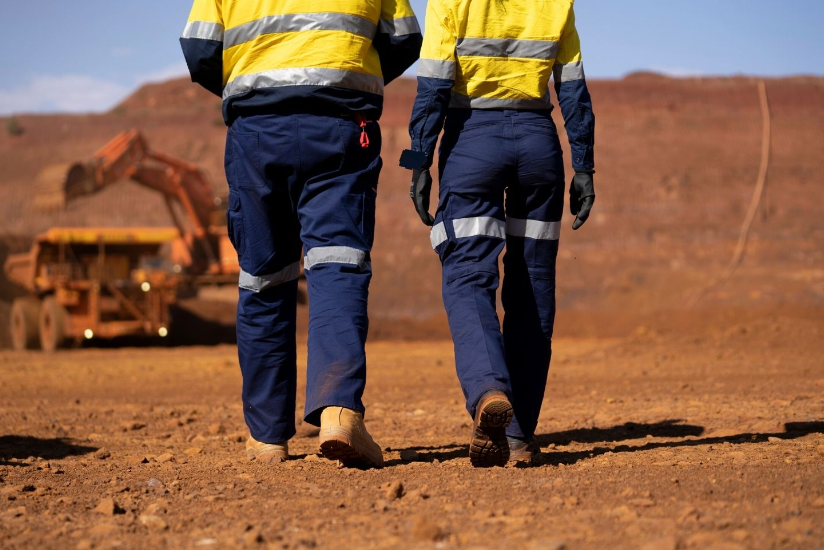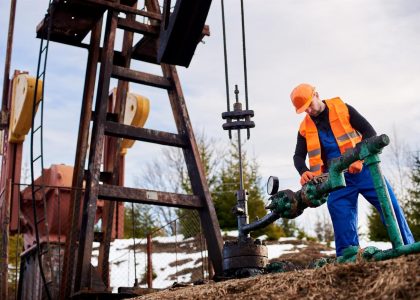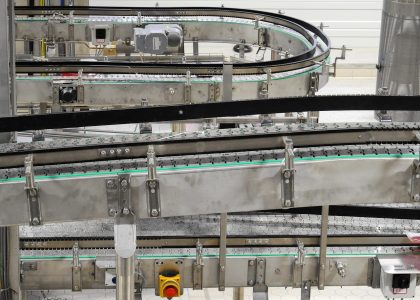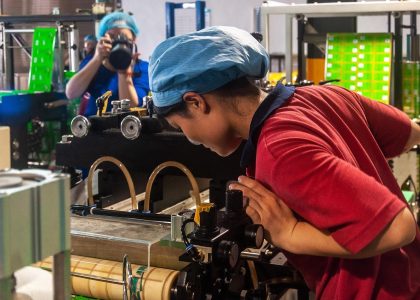Mining operations, both underground and open-pit, are inherently complex and risky endeavors. In underground mining, ensuring the safety and stability of the working environment is paramount to the well-being of workers and the success of the operation. One of the key elements in achieving this goal is the implementation of robust mine support systems. These systems play a crucial role in mitigating hazards, preventing collapses, and maintaining the structural integrity of underground excavations. In this article, we delve into the significance of support systems and their contributions to underground safety and stability.
Understanding Mine Support Systems
Before delving into their importance, let’s first grasp what support systems entail. Mine systems refer to a variety of techniques and structures designed to reinforce the walls, roofs, and pillars of underground excavations. These systems are essential for stabilizing the surrounding rock mass and preventing cave-ins or collapses. Common components of support systems include rock bolts, shotcrete, steel sets, mesh, and ground reinforcement techniques such as grouting.
Enhancing Structural Integrity
The primary function of support systems is to enhance the structural integrity of underground openings. As mining progresses deeper into the Earth’s crust, the surrounding rock becomes increasingly unstable. Without adequate support, the risk of roof falls, sidewall collapses, and floor heaves rises significantly. Mine support systems help distribute the weight of overlying rock, reducing stress concentrations and reinforcing the excavated space. This reinforcement not only protects miners and equipment but also facilitates the efficient extraction of ore deposits.
Mitigating Geological Hazards
In addition to stabilizing excavations, support systems are instrumental in mitigating geological hazards commonly encountered in underground mining. These hazards include rock bursts, which are sudden and violent failures of the surrounding rock mass, as well as seismic events and ground subsidence. Through the strategic placement of support structures and the use of specialized reinforcement techniques, mine operators can minimize the likelihood and severity of such hazards, thereby safeguarding personnel and equipment.
Ensuring Worker Safety
The safety of underground miners is of utmost importance, and support systems play a crucial role in ensuring their well-being. By providing a stable and secure working environment, these systems reduce the risk of accidents and injuries caused by ground instability. Moreover, proper implementation of support measures enhances the confidence and morale of the workforce, fostering a culture of safety and productivity within the mining operation.
Facilitating Efficient Mining Operations
Beyond safety considerations, mine support systems also contribute to the efficiency and productivity of underground mining operations. By maintaining the integrity of excavations, these systems enable smoother and more predictable extraction processes. This allows mining companies to optimize their production schedules, minimize downtime due to ground-related issues, and maximize the recovery of valuable minerals. Ultimately, the effective deployment of support systems translates into improved operational performance and economic viability.
Adapting to Site-Specific Conditions
One of the challenges in implementing support systems is the need to adapt to the unique geological and geotechnical conditions encountered at each mining site. No two underground environments are exactly alike, and as such, a one-size-fits-all approach to support design is rarely effective. Successful implementation requires a thorough understanding of the site’s geological characteristics, rock mechanics properties, and stress regimes. By tailoring support strategies to specific site conditions, mine operators can optimize safety and stability while minimizing costs and environmental impact.
Embracing Technological Advancements
Advancements in technology have revolutionized the field of mine support systems, offering new tools and techniques for enhancing underground safety and stability. Innovations such as remote monitoring systems, automated roof bolters, and advanced materials have expanded the capabilities of mine support engineers and operators. These technologies enable real-time assessment of ground conditions, rapid installation of support structures, and proactive maintenance strategies, thereby further reducing risks and improving operational efficiency.
Regulatory Compliance and Best Practices
In many jurisdictions, regulatory agencies impose strict requirements for support systems to ensure compliance with safety standards and regulations. Adherence to these guidelines is not only a legal obligation but also a moral imperative for mining companies. By following best practices and adopting industry-recognized standards, operators can demonstrate their commitment to protecting workers and the environment while avoiding costly penalties and reputational damage.
Sustainability and Environmental Considerations
In addition to their role in ensuring safety and stability, support systems also have implications for environmental sustainability. Underground mining activities can have significant environmental impacts, including habitat disruption, groundwater contamination, and surface subsidence. By minimizing the risk of ground instability and controlling the movement of rock mass, well-designed support systems help mitigate these impacts. Furthermore, advances in eco-friendly materials and construction techniques offer opportunities to reduce the carbon footprint associated with support system installation and maintenance. By integrating environmental considerations into support system design and operation, mining companies can strive to minimize their ecological footprint and uphold their social responsibility.
Conclusion
Mine support systems play a critical role in ensuring the safety and stability of underground mining operations. By enhancing structural integrity, mitigating geological hazards, and fostering a culture of safety, these systems contribute to the well-being of miners and the success of mining ventures. As technology continues to advance and regulatory requirements evolve, the importance of robust mine support systems will only grow. Investing in the design, implementation, and maintenance of effective support measures is essential for building a sustainable and responsible mining industry.






